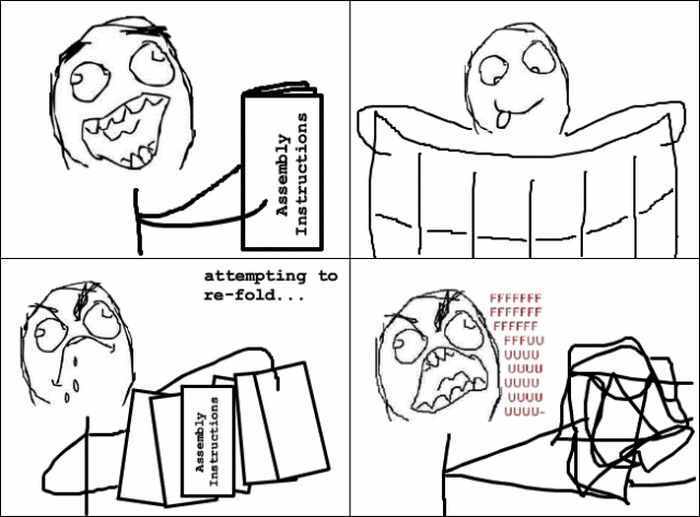
That’s what happened last week as I wrote and rewrote and tried to rewrite again an opening essay for the weekly Storyboard newsletter. Confronting the Friday newsletter always makes for a fitful Thursday night — that deadline thing. Sometimes my mind tosses and turns its way to a passable solution by Friday morning. But when the muse remains silent or, worse, taunts me, all I can do is dig further into the toolbox and try to wrench my way into coherence. Then, if I attend to some reverse engineering, voila! The answer is there, laid out in a schematic of the writing craft. And usually, the missing connection is not about the writing. Rather, again and again, when the words simply don’t work, the failure is in the reporting.
This can be a hard concept to get across to students and even long-time pros who want to write their way around, through or past a problem. Full disclosure: It’s too often a hard concept to get across to myself. But no wordsmithing can cover for a lack of needed information, clarity, facts or focus.
That was the case last week: I hadn’t done enough fact-checking before I tried to write. And what I’d been pondering required more time to suss out than the deadline allowed. Bad planning? Guilty. Even IKEA tells you to read all the instructions and count all the parts before you try to assemble that bookcase.
But here’s the value that comes from slamming into the occasional DO-NOT-HIT-SEND wall: It reminds us that shortcuts are usually traps; it gives us a chance to learn or at least refresh the basics; and, if the idea is worthy enough, it gives us a head start on a later post.


